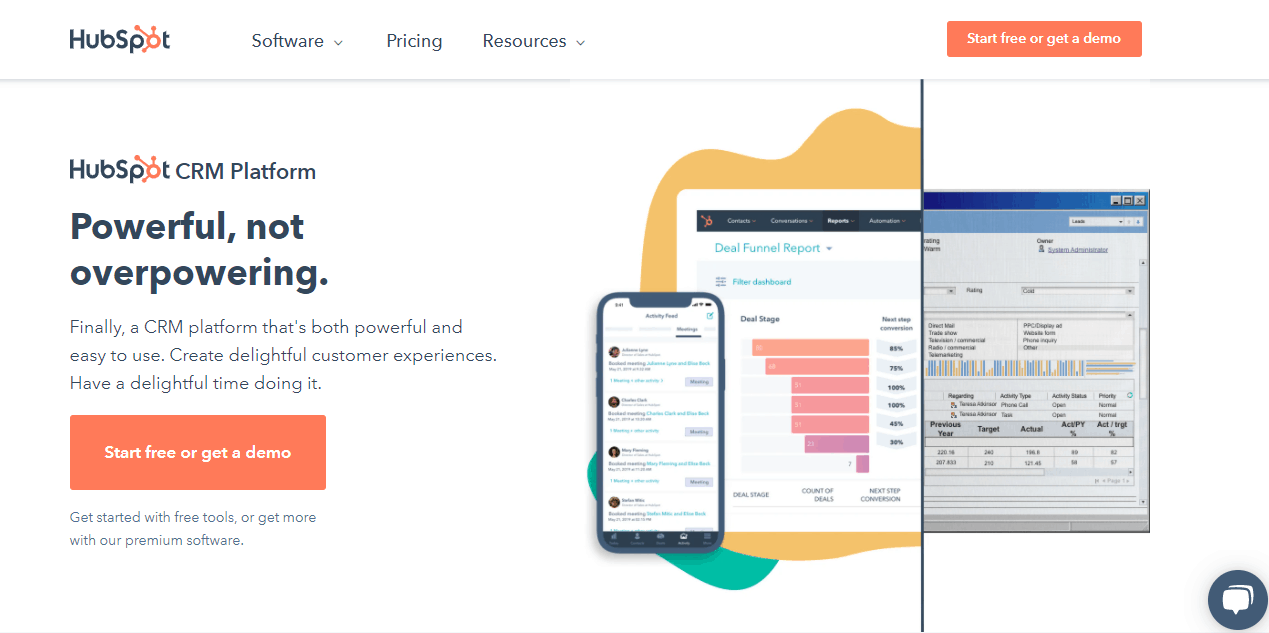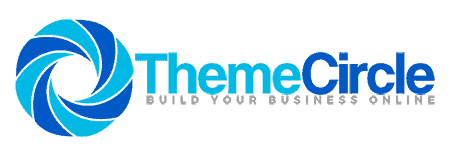In today's fast-paced world of digital marketing and sales automation, integrating platforms like Salesforce and Facebook is no longer just an option—it's a necessity. These integrations enable companies to streamline communication, gather powerful consumer data, and ultimately drive better customer experiences. If you're looking to understand how Salesforce can work in harmony with Facebook, you’re in the right place.
Why Integrate Salesforce with Facebook?
Both Salesforce and Facebook serve crucial but different roles in customer relationship management. While Salesforce organizes and manages customer data, Facebook is one of the most effective platforms for reaching and engaging audiences. Integrating them offers several game-changing benefits:
- Lead generation: Automatically sync leads from Facebook Lead Ads directly into Salesforce.
- Deeper targeting: Use Salesforce data to create Custom and Lookalike Audiences on Facebook.
- Improved workflow: Streamline communication between sales, marketing, and support teams through real-time data sharing.

Main Ways to Integrate Salesforce with Facebook
There are several tools and methods available to make this integration smooth and efficient. Below are the most commonly used options:
1. Facebook Lead Ads Integration
With Facebook Lead Ads, users can fill out contact forms directly on Facebook. Salesforce can capture these leads automatically through several integration tools:
- Salesforce’s native integration: Available in Salesforce Marketing Cloud via a special connector for Facebook Lead Ads.
- Third-party apps: Tools like Zapier, LeadsBridge, or Automate.io can act as bridges, syncing leads between platforms.
Once integrated, leads are immediately stored in Salesforce, where they can be assigned, nurtured, and tracked. This fast-tracks marketing efforts and improves lead-quality scoring.
2. Advertising Studio in Marketing Cloud
Salesforce Advertising Studio is one of the most robust solutions for managing paid social campaigns. It allows you to:
- Target Facebook users based on CRM data.
- Create suppressed ad audiences to avoid irrelevant advertising.
- Sync ad campaign results directly into Salesforce for ROI analysis.
This module supports Facebook, Instagram, Google, and other social platforms, making it ideal for managing multichannel campaigns.
3. Custom API Integrations
For companies with specific needs, custom integrations using the Facebook Graph API and Salesforce’s Developer API offer complete control. This method requires development resources but allows innovative, tailored solutions.

Benefits for Different Teams
The Salesforce and Facebook integration doesn’t just benefit one department—it enhances operations across the board:
- Marketing: Gain detailed consumer insights and enhance campaign targeting.
- Sales: Receive real-time lead updates and behavioral data that help close deals faster.
- Customer Support: Use Facebook messaging data within Salesforce to provide personalized service.
Privacy and Compliance
With increasing concerns around data privacy, integrations must comply with regulations like GDPR and CCPA. Salesforce offers tools for consent capture and data governance that help maintain compliance, even when syncing with platforms like Facebook.
Always ensure you’re:
- Capturing explicit user consent before importing data.
- Clearly stating how data will be used in your privacy policy.
- Regularly auditing permissions and access logs.
Getting Started
To begin integrating Facebook with Salesforce, you’ll need:
- An active Salesforce account, preferably with Marketing Cloud or Pardot.
- A Facebook Business Manager account with admin access.
- Depending on your approach, API credentials or third-party app subscriptions.
Once connected, monitor the performance through Salesforce dashboards and optimize your Facebook strategies accordingly.
Final Thoughts
Integrating Salesforce with Facebook unlocks a powerful synergy that can transform your digital strategy. Whether enriching leads, optimizing ad spend, or personalizing user experiences, the benefits span the entire customer journey.
Begin with a basic setup like Lead Ad integration, and scale up to more complex, data-driven campaigns over time. With the right mix of strategy and technology, the sky’s the limit.





